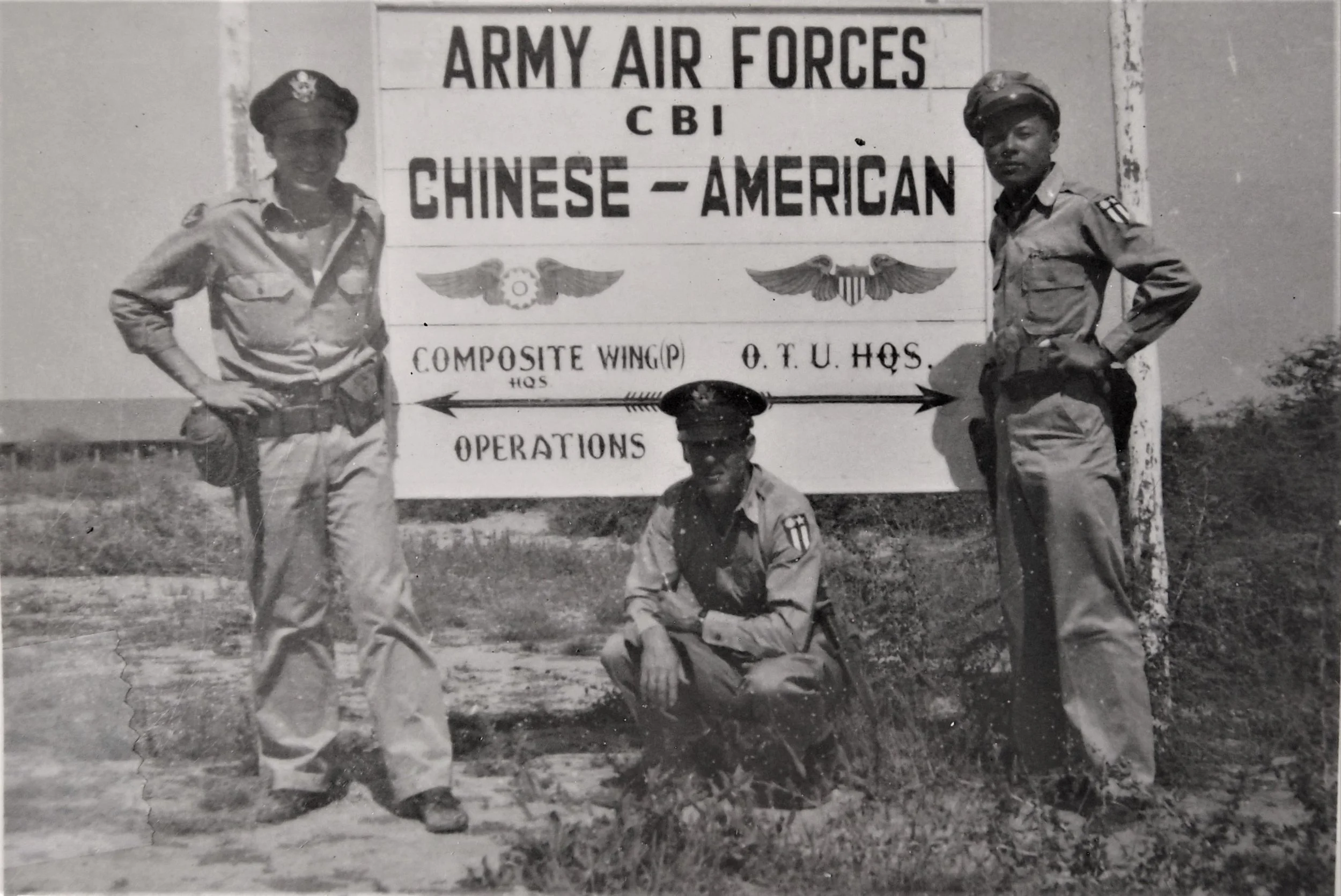“Flying Tigers New Emblem”
In early October of 1943, newspapers across the US announced that the 14th Air Force had officially adopted a new Flying Tigers emblem, with Maj. Gen. Claire L. Chennault's approval and endorsement. Former commander of the renowned American Volunteer Group that gained fame as the original “Flying Tigers,” as well as of the China Air Task Force that succeeded it, Chennault now served in command of the 14th Air Force. Its effectiveness soon earned it the moniker, "the Fighting Fourteenth.” Carrying on the Flying Tigers legacy under Chennault’s leadership, the 14th went on to win air superiority in China. In his memoirs, Chennault later praised the accomplishments of his air force and wrote, “It was a record of which every man who wore the Flying Tiger shoulder patch can be proud.”
“Chennault’s Baby” Wreaks Havoc
The month of September 1945 marked the final period of existence of the CACW. “Almost two years of operations were climaxed in August by the sudden ending of the war, thus bringing about the disbanding of the Chinese-American Composite Wing,” wrote the 1st Bomb Group’s acting historical officer. Conceived by Maj. Gen. Claire Lee Chennault, famed former commander of the American Volunteer Group (AVG), the CACW took Chennault’s plan to assist the Chinese even further than his previous efforts. Their mission to paralyze the infrastructure of the Japanese War Machine and to inhibit enemy troop movements by destroying cargo caravans, troop transports, railroads, tunnels, and bridges was unquestionably successful.
Kweilin Falls to ICHIGO
B-25s assigned to the 3rd Bomb Squadron crossed “the Hump” and then made their way to Kweilin. The planes arrived at their new base on September 8, 1944—the same day the Japanese 11th Army overran Lingling, both the town and the airfield, as part of their massive Operation ICHIGO offensive. Then began their advance toward Kweilin, about 125 miles farther to the southwest. The 3rd Squadron's bombers flew only four missions before Kweilin was evacuated, all against towns in the path of the enemy drive. Final evacuation and demolition procedures began on September 14, as 3rd Squadron personnel began their move to Peishiyi by air transport, railroad, truck convoy, and the squadron’s B-25s.
Jing Baos at Kweilin
After spending the summer of 1944 bombing Japanese facilities in Burma, personnel of the Chinese-American Composite Wing’s 3rd Bomb Squadron finally began the transfer to China. Chinese and American ground crews crossed “the Hump” and moved on to Kweilin (Guilin) in late August. No Japanese planes struck in the vicinity of Kweilin during the day but "they did keep us in the foxholes night after night," according to a service publication. Barracks boys shouted the warning jing bao! ("air raid") as they ran from room to room, turning off lights and banging on wash basins to wake anyone who may have slept through the warning siren. The threat soon became more dire. On September 8, as the squadron’s B-25s were completing the move, the Japanese 11th Army overran Lingling, only 125 miles farther to the northeast. Then began their advance toward Kweilin.




